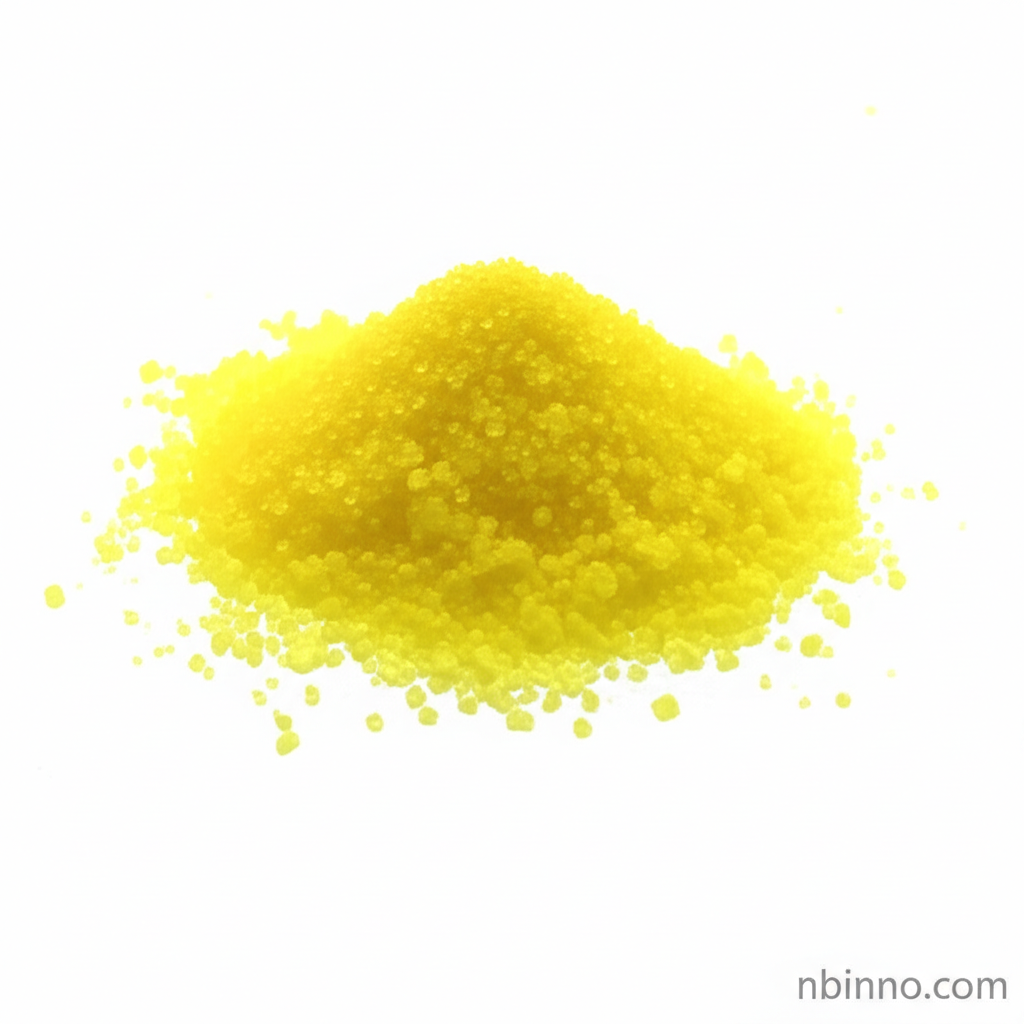4,6-Di-tert-butyl-m-cresol: A Key Component in Organic Synthesis
Discover the versatility of 4,6-di-tert-butyl-m-cresol as a catalyst and raw material for your chemical needs.
Get a Quote & SampleProduct Core Value

4,6-Di-tert-butyl-m-cresol
4,6-Di-tert-butyl-m-cresol (CAS 497-39-2) is a highly valuable chemical compound utilized primarily in organic synthesis. Its unique structure makes it an effective catalyst and a crucial raw material for the creation of other complex molecules. This product stands out for its purity and physical characteristics, making it a reliable choice for demanding chemical processes.
- Leverage the power of 4,6-di-tert-butyl-m-cresol synthesis for your research and development. This compound serves as a vital building block in various chemical transformations.
- Utilize 4,6-di-tert-butyl-m-cresol as a catalyst to enhance reaction efficiency. Its catalytic properties can significantly improve yields and reduce reaction times in organic synthesis applications.
- Explore the diverse uses of CAS 497-39-2 in organic synthesis, where it acts as a versatile intermediate, enabling the formation of a wide range of specialized chemicals.
- Source high-quality 4,6-di-tert-butyl-m-cresol with a purity of 99%, ensuring consistent and reliable results in your chemical manufacturing or research.
Advantages Provided by the Product
Enhanced Synthesis Efficiency
The strategic use of 4,6-di-tert-butyl-m-cresol in organic synthesis can lead to improved reaction kinetics and higher yields, directly impacting your production efficiency.
Versatile Chemical Intermediate
As a key chemical intermediate, 4,6-di-tert-butyl-m-cresol enables the synthesis of a broad spectrum of downstream products, offering flexibility in your product development.
Reliable Catalyst Properties
The compound's effectiveness as a catalyst in various chemical reactions ensures predictable outcomes and supports the development of robust synthetic routes.
Key Applications
Organic Synthesis
A primary use of 4,6-di-tert-butyl-m-cresol is as a reactant and intermediate in complex organic synthesis pathways, contributing to the creation of specialized chemical compounds.
Catalysis
The compound functions as an efficient catalyst in numerous chemical reactions, facilitating transformations and improving process economics.
Raw Material Production
It serves as a fundamental raw material for the synthesis of other fine chemicals, where its structural properties are essential for the final product.
Chemical Research & Development
Researchers utilize 4,6-di-tert-butyl-m-cresol in laboratory settings to explore new synthetic routes and develop novel chemical entities.
